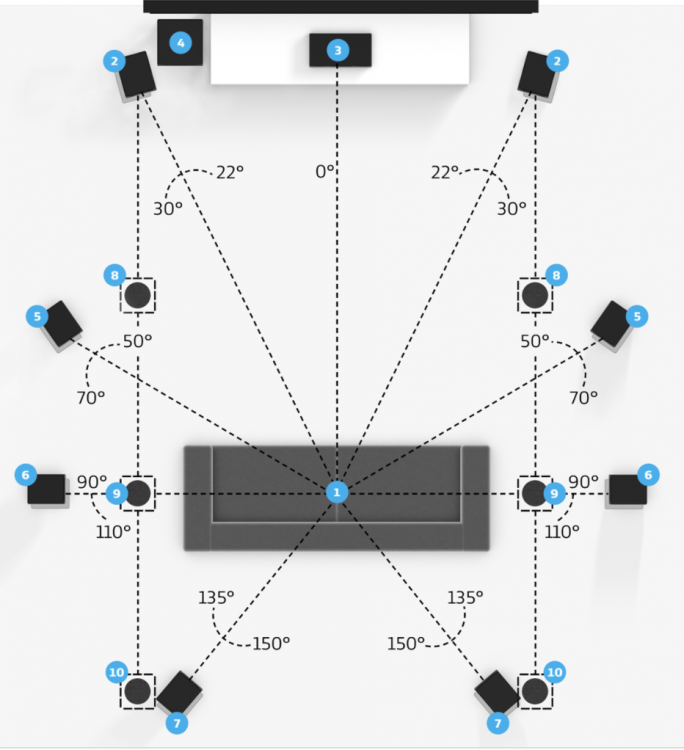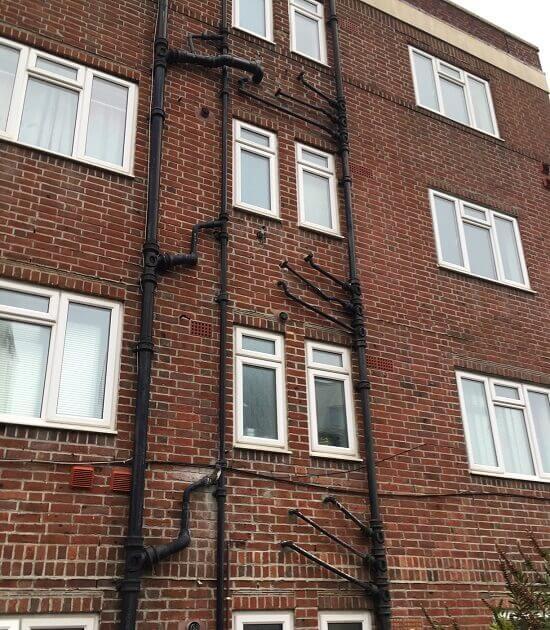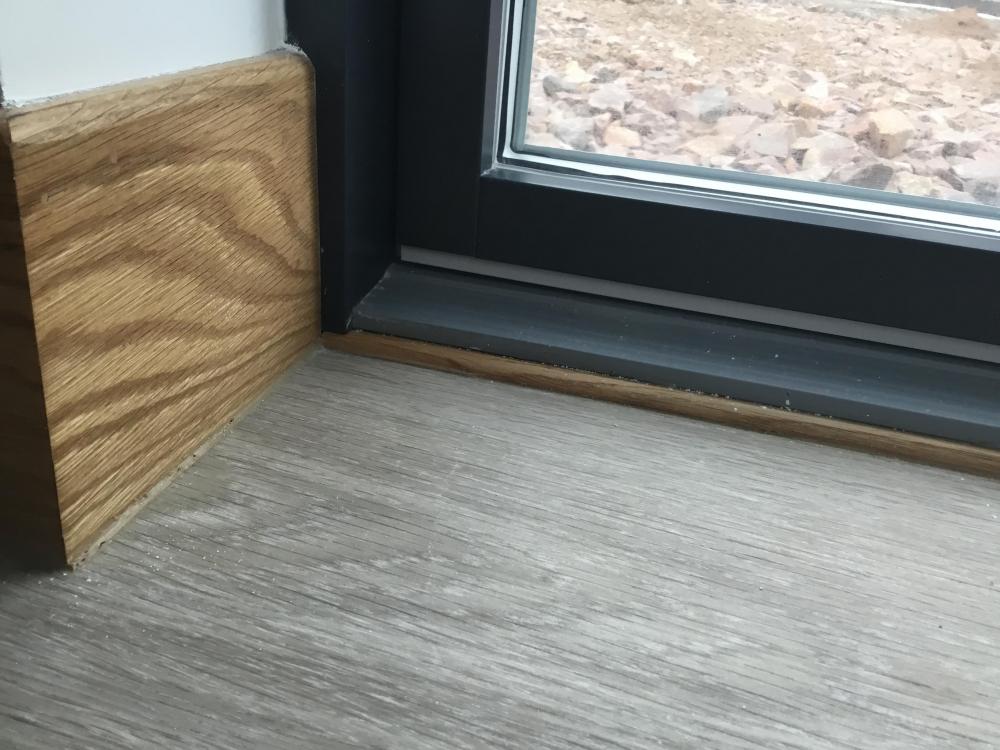Leaderboard
Popular Content
Showing content with the highest reputation on 03/07/21 in all areas
-
@Oz07 Thanks for the offer but in the scheme of things the gun rental isn't going to break the bank and I'm not sure exactly when I'm going to get to do the job yet.1 point
-
They are compatible as it says IM350 ? The copies both the guns and nails are all the same but as many will tell you gas plus nails plus gun all from Paslode is the Gold standard1 point
-
There is a company near keady co . Armagh that done a mates resin floor. It looks really well. https://www.resi-lutions.ie/1 point
-
There are a few variants but it's comfort floor - mine was done 5 years ago so it's probably moved on. There is a grey or black resin base coat which is mixed, poured and raked flat and then cures over 24 hours or so. The guys then sanded it and applied the topcoat which is water based and dries fairly quick again. I vaguely recall that the rubber mat was being phased out as a requirement.1 point
-
What is actually stopping you having a pillar in that corner? As long as the access is still wide enough?1 point
-
Dolby Atmos 9.2.6 ? - the little pillar is exactly the right place for side speakers, the center of the window is (roughly) where an extra pair would go if you want to go all whoooooah. (that's the audio geek term.) Fair point. I'm debating splitting the window in 2 anyway, but it wouldn't be worth splitting purely for the speaker location..1 point
-
With the EWI, if you use graphite XPS it will need to be quite a bit thicker than the Kingspan to get the same insulation value. You will need to work out or have assessed what insulation value needed to pass building regs, then work out which product will be easiest / least expensive. You will need a SAP assessment for Building Regs in any case, and the assessor should be able to guide you. With the render finish you can fix the insulation with a combination of adhesive dabs and mechanical fixings and finish with mesh coat / render system. With the timber cladding you can cover the boards with non-flammable breather membrane holding it all on with 25 x 50 vertical battens (screwed through the insulation into your existing walls) onto which you fix the cladding. In both cases, the insulation boards are closely butted together. The thicker the insulation, the more expensive the fixings. Make sure there is provision for fixing downpipes, aerials etc.1 point
-
Thanks, no I love it, verging on a philosophical discussion! The problem with economic calculations is that we would all live in cardboard boxes or shipping containers, government policy sets (or thinks it sets) minimum standards, yes my rooms are slightly smaller than they would have been without my wide cavity - a price I am prepared to carry in order to live without a boiler. Then the old chestnut of over what timescale should we do calculations? How long will a building last? all good fun.1 point
-
1 point
-
I think what holds that back is the business model on commercial buildings. The building owner may not be the building management company, or the freeholder. Lease holding companies can put stringent rules in place as well. Not sure I want an electrician ripping my roof off, drilling into rafters, fitting flashing, or doing the structural calculations. The answer is to allow self management of the installation by making the rules and regulations accessible and clear. DNOs could help by having an open register of how much capacity can be fitted in any area, and what any upgrade costs would be.1 point
-
I went with Hoymiles microinverters. They work perfectly well standalone, the DTU (equivalent to the Envoy) is only for data logging purposes although it does give the factory access to the devices to for firmware upgrades/ programmable limiting etc; thus the G98/9 requirement . Midsummer don't sell them into the UK any more but they have them on their .ie site. https://midsummer.ie/buy/hoymiles/hoy-mi300 I didn't get a DTU to begin with but have one now and am just awaiting an account being set up for me.1 point
-
just be sure you have the completion cert in hand before you move in otherwise its still a building site and they may not pay out.1 point
-
Either or both ...! Just gives a mechanical and quick setting solution if you want to crack on with it. Doesn’t need much.1 point
-
Another couple of thoughts with this sorry @tonyshouse Not having a go. 1. My new vehicle is not a car it's a futuristic spaceship which levitates on air. It just uses some thin pieces of rubber to contain said air. 2. Having double cavity width than someone else isn't a reason to criticise the method of construction. If you were limited on your external dimensions then the sums don't add up. My area doesn't have particularly high property prices but I can tell you if I doubled my cavity width to 300mm, then my place would be worth approx £375 less per linear metre of external wall per floor. Done the back of fat packet maths and it's going to take a lot of heating savings to pay back.1 point
-
No, it’s not...!! There is no legal - in building regulations or water regulations (WRAS) - to provide a legionnaire cycle to a domestic installation. There are no recorded instances of Legionella in a domestic environment - none. It is a closed system with no way for air or bacteria to enter the system.1 point
-
You need to read the requirements of L1B as that (assuming England/Wales) relates to conversions not new builds. https://assets.publishing.service.gov.uk/government/uploads/system/uploads/attachment_data/file/697629/L1B_secure-1.pdf You will need to file plans showing how you’ve met the requirement - with your build the elemental method for uValues will be easier and more appropriate. In terms of lighting - just use LED fixtures everywhere as it is easier and simpler. Fire safety will be your other main concern with a conversion - check carefully how you build up the structure.1 point
-
1 point
-
They are fine with it not being signed off We were in 3 months before sign off The insurance started two weeks before we moved in All they said was obviously if you move your plasma screen and Rolex in the two week period They won’t be covered But the general fabric and decor will (Adrian flux) They really didn’t go into any depth Just asked about an electrical and gas cert and how long the house would be empty Gave us 30 days on the later1 point
-
They are fine with it not being signed off We were in 3 months before sign off The insurance started two weeks before we moved in All they said was obviously if you move your plasma screen and Rolex in the two week period They won’t be covered But the general fabric and decor will (Adrian flux)1 point
-
I bought my ASHP from here: https://www.seconrenewables.com/ Whilst the website does say trade only, they were quite happy to sell to me. That was maybe just luck of course as when I phoned to enquire, the person who answered happened to be the managing director. Just to add if you look at their trade account application, 'self build' is listed as one of the business they will deal with1 point
-
1 point
-
Solar thermal is parallel universe stuff at this stage. I really like the idea of it but I'm not sure I'd bother installing it if I got the equipment for free. If you want solar hot water install PV and an immersion. Solar thermal has high heat losses from the panel to the tank, requires servicing, is less reliable and arguably more expensive at this stage. On top of that for most of the year it won't get the water hot enough or will get it too hot. There's a reason nobody uses back boiler gas fires. The cheapness reliability and ready availability of 90%+ efficiency gas boilers. There's a simple answer to your issues here. Install UFH and a cylinder capable of using an ASHP. Plan to run it on cheap electricity via Willis heaters and immersions initially with an option for ASHP later. Dedicate all your energy thinking about heating into making the house as low energy as possible. Do all your tinkering in the shed at some later date.1 point
-
Hello Syne. Your nautical approach will appeal to some of the members on BH. It's a good analogy and good questions. I simplify, but if you think about the ground as layers of a cake. Each layer (if clay say, not rock ) moves - expands and contracts by different amounts depending on the moisture content. Each layer of soil also compresses by different amounts depending on how much load you put on it. You can be technical here and try and account for the different layers of soil and found the ICF at a different depth. You could maybe analyse this using an advanced soil model.. academic research.. But in reality the layers of soil are not generally level as this is nature. Any model would be just that. By different depths I mean say plus 300 mm (not a few mm) as this is the point where you could start to excavate too much near the existing founds? A way of simplying this is to found things at roughly the same depth. A clay soil as it shinks and swells will easily lift a house up and down. Syne .. yes your right about the ground. If the clay (say) swells and the house stayed at the same level then this would mean that the founds are sinking into the soil? If you are on rock or chalk then it's different, I have assumed clay here. Now, if you found the ICF raft at the same level as the old house each will move roughly up and down at the same rate at this level (datum). What you are doing here is making educated assumptions. This is the first part. Next (second part) is to look at the ICF material. Often you see a spec for IFC as being able to carry say 150 kPa at 10% compression. That's about 15 tonnes per sq metre. Sounds like plenty, but the insulation is elastic. If you have a thickness of ICF of say 300 mm then to carry this amount of load then the ICF would need to compress by 10% of 300mm = 30 mm..that causes an issues for say a floor slab, the windows and doors won't open, you'll get cracking that will overstress the other parts of the structure. One reason being is that some parts of the ICF will be more heavily loaded than others and move differentially. What we do here is to manage the loads on the ICF down to about say 40 Kpa as a starting point. Now the 30mm compression at 150 kPa is (40/ 150) * 0.1 * 300 = 8.0mm.. this is more on the ball park.. a timber kit can shrink this amount easily for example. The 8.0mm is very rough as there are other factors that are too lengthy to explore for now. Put the two parts back together. If you load up the floors on the old house, say get a heavy fall of snow, the walls are solid, go all the way to the founds, thus the old house does not move (compress) down that much over the eaves to foundation level. It's a solid old house. The extension walls subject to the same load won't compress that much but the IFC will compress.. by say the 8.0mm under full loading. In summary with a bit of good detailing you can account for the ICF movement between the old and the new which is doable, but founding at different depths (bottom of ICF ~ = to bottom of old found depth) can introduce other issues. A good way of looking at this is to say.. well the old house shows no signs of distress, let's not found something at a different depth, more, let's found something at the same depth, try and avoid heavy point loads on the soil, especially near the old founds and see if we can develop a design along these lines that will account for the different behavoir of the ICF insulation and the old walls of the house. Hope this helps.1 point
-
Am I right in thinking your wall build up will be 1.Existing wall 2. Kooltherm K5 dot dab and screwed. 3. Basecoat of render with reinforcing mesh about 4. Top coat of coloured render or 1. Existing wall 2. Kooltherm k5 dot dab and screwed 3. Breather membrane. 4. Treated battens fixed through the kooltherm into the wall. 5. Cedar cladding. Cold bridging shouldn't be a problem if the boards are fitted tightly to each other. Mesh and render won't do much to improve this. You may be able to omit the plastic fixings under the cedar cladding as your battens will have the same effect. Have you thought about how you will join your membrane under the cedar to the render. This should be continuous as it is your weatherproof layer. You've lost me a bit here I'm afraid. Is it a contractor you expect to carry out the work or DIY?1 point
-
1 point
-
The internal handle is long (presumably to allow for the door to be pulled into the seals as above) and getting the doors moving initially can be awkward when opening from the inside. I think a recessed finger grip as it has on the outside would have been helpful.1 point
-
We have a rationel sliding door and I've not noticed it slowing down. I've not noticed it being a problem though and it does need to be firmly closed for the handle locking mechanism to work (seems to pull the door into its seals which I like as a feature and haven't come across before).1 point
-
To be honest I've not noticed if they slow down but you would have to be in a a hell of a mood and built like a brick sh*thouse to slam them open. They triple glazed ones we have are very heavy although they do open and glide nicely.1 point
-
Thanks that's exactly what I was looking for. And thanks for the offer, very kind of you.1 point
-
1 point
-
@bozza would you mind posting a close up of where the floor meets the window on those? We're having a debate about that for our own Rationel windows and joiner is talking about beads and sills to finish the edge that we don't like the sound of. Many thanks.1 point
-
Another happy Rationel customer here. It was an easier decision for me because of the 6 companies I got quotes from (including Nordan) Rationel were the cheapest and only Internorm, at twice the price, offered better U values than Rationel.1 point
-
We have these Rationel windows. Lots of them. Lots of fixed panels plus some of their window doors. And their exterior doors x 2. They are excellent. I have attached a pic during recent snow. Couldn’t tell I was cold outside, temperature wise. And we don’t have a vestibule. I did look at Nordan liked them but the Rationel beading etc was less ornate more streamlined. Didn’t get a quote just went for Rationel & pleased I did.1 point
This leaderboard is set to London/GMT+01:00


















